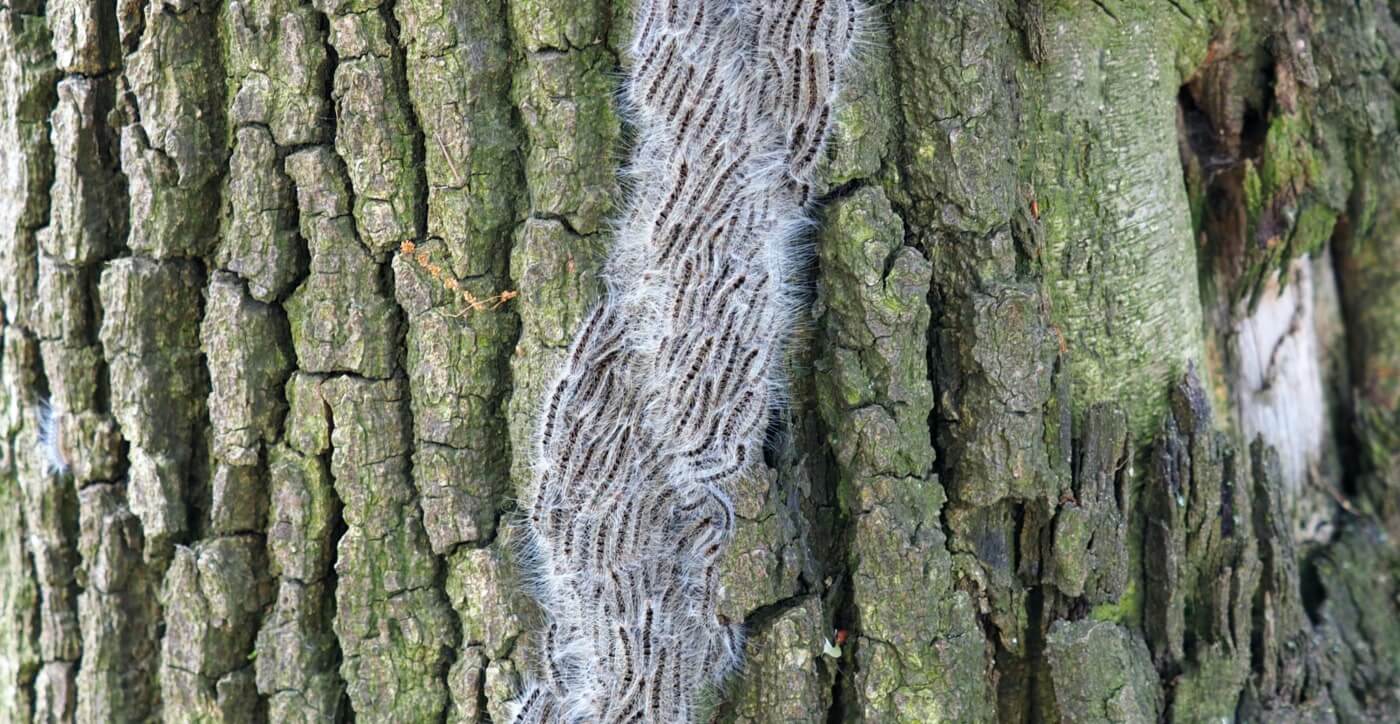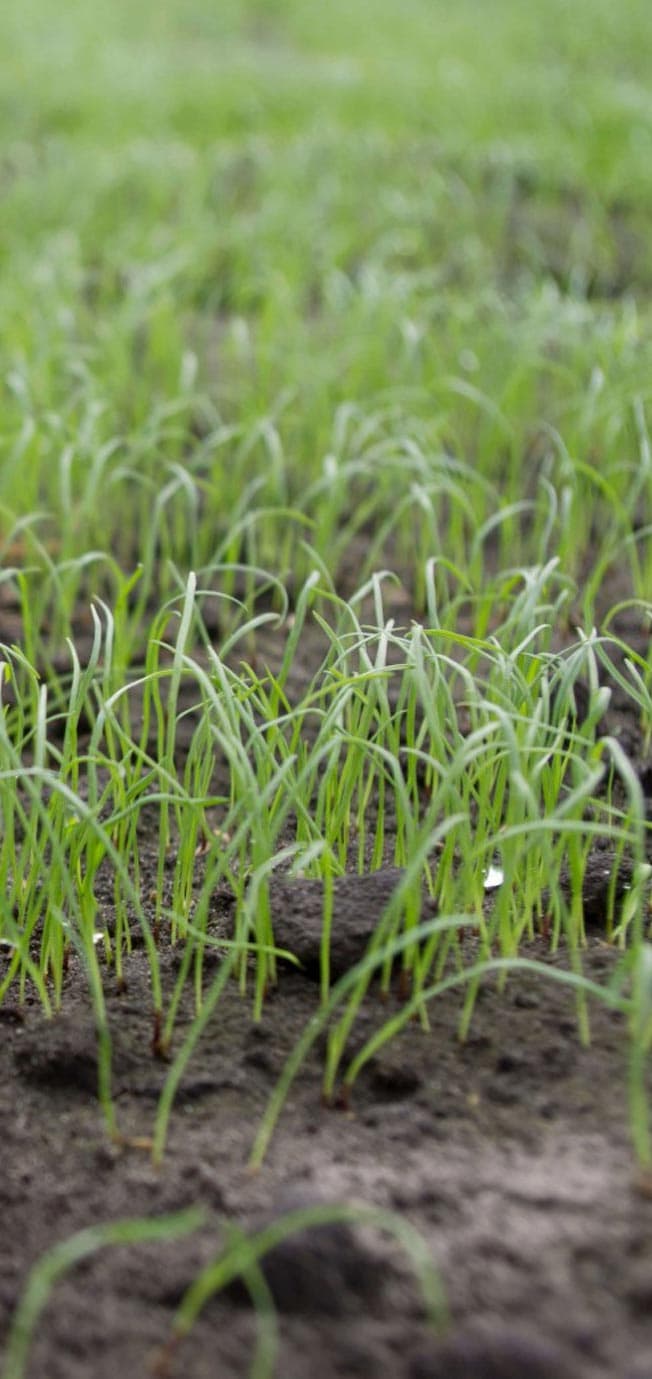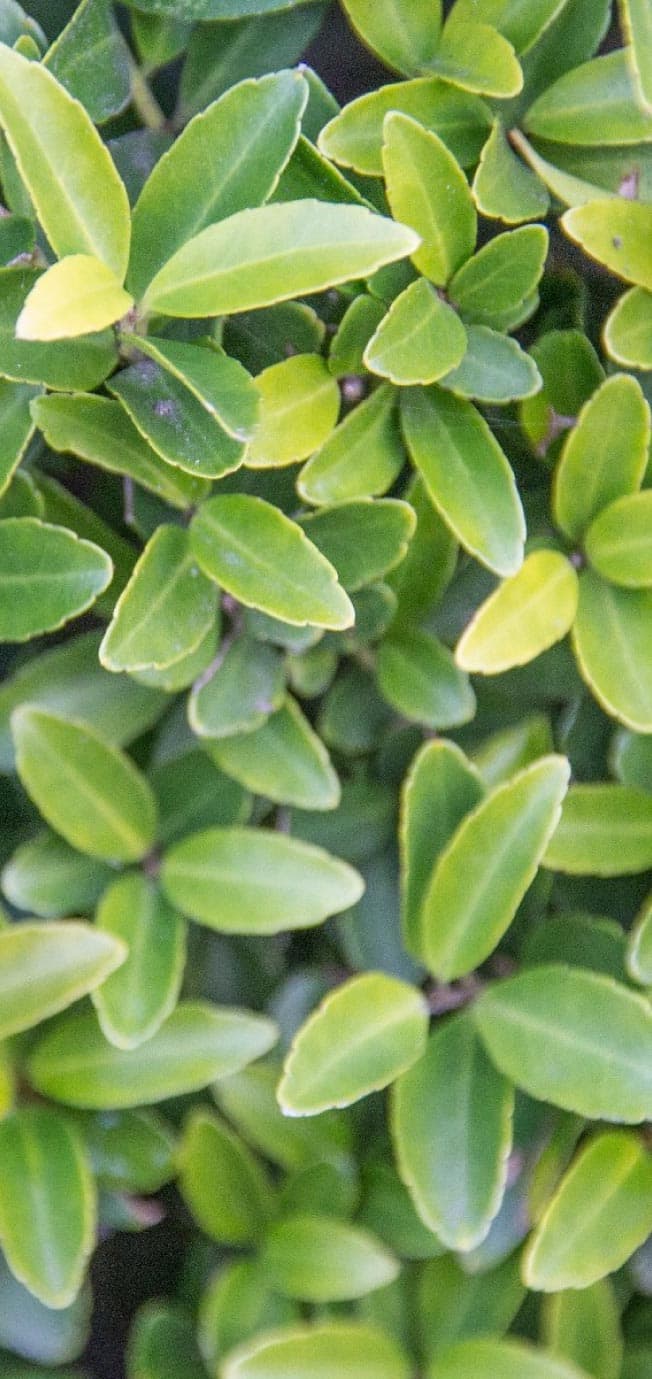
Fighting the oak processionary caterpillar with pheromones
These pests get their name from their nocturnal ritual whereby they move in procession from the branches of the oak tree to the tops to feast on leaves. During the day, they hide in their nest, which is made of balls of caterpillar skin and hair.
In recent decades, the oak processionary caterpillar has become increasingly common in Flanders. There are a number of explanations for this:
- Firstly, more and more (summer) oaks were planted, the tree par excellence in which these caterpillars like to dwell;
- Secondly, nature is kept more in check by regular maintenance than it used to be. This gives their natural enemies, ichneumon wasps and flies, less room to establish themselves;
- Increasingly high temperatures do not help either, as the caterpillars thrive better in warm and dry conditions;
- In windy weather, they are easily blown from one tree to another, and their burning hairs fly around diligently.
🦋 Lure the moths into the trap with pheromones
From July, the caterpillars pupate into grey moths. This is the time to catch them, because in September, the females lay another series of eggs. You can use pheromones to lure the male moths to the funnel trap so that they can no longer fertilise the females. It is therefore very important to hang out the funnel trap on time at the end of June, and to leave it hanging until September. One pheromone capsule is effective for about six weeks, but in warm temperatures the capsule should be replaced after about four weeks for optimal effectiveness. Never hold the capsules with bare hands, as this can disperse the pheromone scent.
Here you will find more tips on using pheromone capsules!
🐛 Watch out for the invisible fire hairs!
The caterpillars themselves do no harm to humans, but it is their
fire hairs, which they get in the course of May after moulting, that are the major culprits. These are not visible to the naked eye but rest assured that you will soon notice when you have been in contact with the hairs.
These hairs serve as a defence when the caterpillar feels threatened. They are
arrow-shaped with barbs that allow them to easily 'plant' themselves in the skin. They contain a protein that is foreign to humans and can cause a great deal of discomfort, and in extreme cases can even be dangerous. The processionary caterpillars can therefore cause a great deal of inconvenience. This is not surprising when you know that 1 caterpillar has about 700 000 fire hairs.
A common symptom after contact with the burning hairs is
red bumps that can make you itch a lot. Don't start scratching but remove the hairs from the skin with a piece of tape. If the hairs end up in the eyes, this can cause irritation and the eyelids can turn red and swell. It is important to rinse the eyes well with water. In exceptional cases, the stinging hairs can also cause respiratory problems.
Do you want to quickly and easily expel the processionary caterpillar from your garden?
Check out the best products to fight the processionary caterpillar below 👇
More info? Receive all our gardening tips directly in your mailbox!
We'll only email you handy facts, green advice and our best promotions & discounts. You'll receive it about once a week and you can unsubscribe at any time. No spam, promise 🤞











